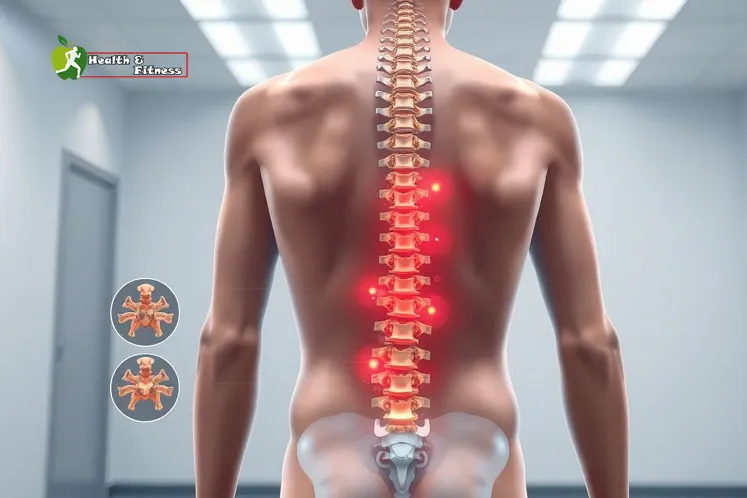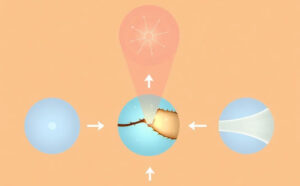Spinal deformities can shake up a person’s life. From mild curves to severe deformities, they affect how we move, breathe, and feel. Proper diagnosis is essential to provide the right treatment and insurance coverage. Accurate ICD-10 coding plays a crucial role in this process. Thanks to advances in imaging and improved classification systems, doctors can now spot these deformities more precisely than ever before.
Understanding Spinal Deformity
Definition and Types of Spinal Deformity
Spinal deformities are abnormal curvatures or shapes of the spine. The most common types include scoliosis, kyphosis, and lordosis. Scoliosis causes a sideways curve, often resembling an “S” or “C” shape. Kyphosis leads to a hunched back or exaggerated forward bend. Lordosis makes the lower back curve too much inward, affecting posture.
Deformities can be congenital, meaning present at birth; idiopathic, with unknown causes, often developing in teenagers; or acquired, resulting from injury, infection, or degeneration over time.
Prevalence and Demographics
Spinal deformities are widespread worldwide. Scoliosis affects about 2-3% of children and teens. Kyphosis mainly appears in older adults due to osteoporosis. Younger children rarely develop these issues unless they have a congenital defect. Certain populations are more prone, especially those with genetic backgrounds or access to fewer healthcare resources.
Pathophysiology and Causes
Multiple factors can trigger spinal deformities. Genetics often play a role, especially in scoliosis. Trauma or injury can also deform the spine. Infections like tuberculosis or conditions such as osteoporosis weaken bones, leading to abnormal curves. Degenerative diseases affect older adults, causing the spine to curve over time.
ICD-10 Coding for Spinal Deformity
Overview of ICD-10 Classification System
The ICD-10 system organizes diseases with alphanumeric codes. These codes help healthcare providers document diagnoses, guide treatment, and process insurance claims. Precision in coding is vital, especially for complex conditions like spinal deformities, which have multiple causes and types.
Common ICD-10 Codes for Spinal Deformity
- Scoliosis Codes
- M41.0 – Idiopathic scoliosis
- M51.1 – Kyphoscoliosis
- M41.9 – Scoliosis, unspecified
- Kyphosis Codes
- M43.2 – Kyphosis, kyphoscoliosis
- M40.0 – Postural kyphosis
- Postural and Other Deformity Codes
- M43.4 – Skull deformity
- M48.0 – Spinal stenosis causing deformity
Special Considerations in Coding
It’s important to distinguish between congenital and acquired deformities because they have different codes. Also, document severity, specific location (cervical, thoracic, lumbar), and cause. For example, a patient with degenerative scoliosis might be coded differently than someone with congenital scoliosis. Handling coexisting issues, like nerve damage, also impacts coding accuracy.
Updates and Changes in ICD-10 Codes
Regular updates occur to reflect new research and clinical practice. Staying current ensures proper reimbursement and compliance. For instance, recent revisions clarified coding for adolescents versus adults with scoliosis, improving billing precision.
Diagnosis and Clinical Assessment
Diagnostic Tools and Imaging Techniques
X-rays are the primary tool for measuring spinal curves. MRIs help visualize soft tissues and neural elements. CT scans provide detailed bone imagery. The severity of deformity is often quantified by the Cobb angle, which guides treatment decisions.
Physical Examination and Patient History
Doctors look for asymmetrical shoulder height, uneven hips, or visible curves. Patients may report back pain, breathing issues, or limited mobility. Detailed history and exam are essential parts of a complete assessment.
Role of Specialists and Multidisciplinary Approach
Orthopedic surgeons, neurologists, and physiotherapists work together. Combining clinical evaluation with imaging leads to more accurate diagnoses and treatment plans. This team effort improves patient outcomes.
Management and Treatment Options
Non-surgical Interventions
Many cases only need monitoring. Bracing helps prevent curve progression in growing children. Physiotherapy strengthens muscles and improves posture. Pain management includes medications or therapies to reduce discomfort.
Surgical Interventions
Surgery becomes necessary if curves are severe or worsening. Common procedures include spinal fusion and instrumentation. These surgeries aim to straighten the spine and prevent further deformity. Outcomes vary but often improve quality of life significantly.
Emerging Treatments and Research
New minimally invasive techniques are reducing recovery times. Technologies like 3D printing and robotic surgery are promising future tools. Ongoing research aims for better correction methods with less risk.
Coding in Relation to Treatment
Procedures require proper ICD-10 and CPT coding to ensure proper billing. Documenting the specific procedure, deformity type, and impacted spinal region helps streamline reimbursements. Always verify coding rules to stay compliant.
Key Considerations for Healthcare Providers and Coders
Ensuring Accurate Documentation
Be detailed when noting diagnosis, severity, and treatment plans. Precise documentation reduces errors in coding and claims processing. Use consistent terminology aligned with coding guidelines.
Insurance and Reimbursement Aspects
Proper ICD-10 codes are critical for insurance approval. Incorrect coding can delay payments or cause denials. Understanding payer-specific requirements helps avoid common pitfalls.
Compliance and Audit Readiness
Maintain thorough records of all diagnoses, treatments, and coding decisions. Regular audits catch mistakes early. Staying current with coding updates prevents compliance issues.
Conclusion
Accurately coding spinal deformities with ICD-10 is vital for effective treatment and smooth insurance claims. Clear diagnosis, detailed documentation, and staying updated with coding changes make all the difference. For clinicians and coders alike, understanding these key points ensures better patient care and faster reimbursement. Keep learning, stay precise, and always aim for accuracy in your coding practice.


